Metadata, Legal and Rights
ISBN: 978-92-64-30306-5 (print) - 978-92-64-30307-2 (pdf) - 978-92-64-30705-6 (HTML) - 978-92-64-30704-9 (epub)
DOI: https://doi.org/10.1787/9789264303072-en
This work is published under the responsibility of the Secretary-General of the OECD. The opinions expressed and arguments employed herein do not necessarily reflect the official views of OECD member countries.
This document, as well as any data and any map included herein, are without prejudice to the status of or sovereignty over any territory, to the delimitation of international frontiers and boundaries and to the name of any territory, city or area.
The statistical data for Israel are supplied by and under the responsibility of the relevant Israeli authorities. The use of such data by the OECD is without prejudice to the status of the Golan Heights, East Jerusalem and Israeli settlements in the West Bank under the terms of international law.
Photo credits: Parko Polo
Corrigenda to OECD publications may be found on line at: www.oecd.org/publishing/corrigenda .
OECD 2018
You can copy, download or print OECD content for your own use, and you can include excerpts from OECD publications, databases and multimedia products in your own documents, presentations, blogs, websites and teaching materials, provided that suitable acknowledgement of OECD as source and copyright owner is given. All requests for public or commercial use and translation rights should be submitted to .
Foreword
It has been three years since the launch of the inaugural edition of the Regulatory Policy Outlook. Since then, much progress has been made in continuing to put the world economy back on track; but a sense of malaise remains. Its causes and drivers are diffuse and not all economic in nature, but they are very much tangible. They have to do, to a certain degree, with the relentless and overwhelming pace of technological change that is transforming every facet of our lives. They are also rooted in the irremediable intricacies of our economies, connected via continuous flows that go beyond goods to affect people, services, capital, and data.
This has many consequences, in particular on the way countries develop and apply their traditional tools of policy making and regulation. Changing business models, quicker innovation cycles, relocation and even delocation of activities and more demanding citizens and consumers put pressure on policy makers and their institutions. They require of them to be quicker but attentive, protective but not restrictive, transparent and accountable, efficient in the use of resources, data and time of their constituents and coherent with what their peers in other countries do.
This second edition of the Regulatory Policy Outlook is published in challenging times. It reflects the dynamism of countries in improving and adapting the quality of their regulatory systems. It is also a timely reminder of the steps that governments can take to be more transparent, agile and evidence-based to respond to the needs of their different constituents. There is room for more meaningful engagement with various stakeholders and for more systematic evaluation to improve the quality of the laws and regulations that govern the everyday life of business and citizens. This, however, means that regulators need to adapt to modern times; it also means, inter alia, co-operating more systematically with their peers within and beyond borders to achieve their policy objectives and piloting new tools of engagement based on a greater understanding of behaviours.
As highlighted in the first edition of the Regulatory Policy Outlook, laws and regulations together with taxes and spending are essential instruments in attaining policy objectives. The job of ministries, regulatory agencies and oversight bodies in defining the rules of the game for all is becoming more daunting. If anything, the series of Regulatory Policy Outlooks should be on their table to help them find the better way going forward.
 Angel Gurra OECD Secretary-General
Angel Gurra OECD Secretary-General
Acknowledgements
The Regulatory Policy Outlook was prepared by a team of analysts from the OECD Regulatory Policy Division led by Cline Kauffmann under the direction of Nick Malyshev, Head of the Regulatory Policy Division and the overall leadership of Marcos Bonturi, Director for Public Governance.
The main authors included Christiane Arndt-Bascle (Chapter 2), Paul Davidson (Chapter 2), Mercy de Menno (Chapter 5), James Drummond (Chapter 6), Cline Kauffmann (Chapters 1, 3 and 5), Anna Pietikainen (Chapter 4), Rebecca Schultz (Chapter 3) and Daniel Trnka (Chapter 4). The Outlook relies heavily on data collected through the Regulatory Indicators Survey, which was designed, implemented, verified and prepared for publication (including the country profiles and methodological guide) by the Measuring Regulatory Performance team, involving Christiane Arndt-Bascle, Benjamin Gerloff, Tobias Querbach, Rebecca Schultz, Eric Thomson and Yola Thuerer. Significant inputs to chapters, country profiles and data collection were provided by Nick Malyshev, Winona Rei Bolislis, Lorenzo Casullo, Filippo Cavassini, Manuel Flores, Shelly Hsieh, Marianna Karttunen, Guillermo Morales, Faisal Naru, Eun Kyung Park, and Camila Saffirio.
The members of the OECD Regulatory Policy Committee and BIAC provided substantial comments to the various drafts of the Outlook. The survey and indicators methodology was developed in strong co-operation with the Steering Group on Measuring Regulatory Performance through a series of meetings and consultations. The additional questions on international regulatory co-operation were developed closely with the Steering Group on International Regulatory Cooperation.
Special thanks go to members of RegWatchEurope for providing case studies of their organisation and to Andrea Renda and Rosa J. Castro for preparing a background paper on regulatory oversight that contributed insights to Chapter 3 of the Outlook .
The Regulatory Policy Outlook was prepared for publication by Jennifer Stein. It benefitted from editorial assistance from Andrea Uhrhammer and Kate Lancaster. Statistical advice was provided by Alessandro Lupi.
The work on regulatory policy is conducted under the supervision of the OECD Regulatory Policy Committee whose mandate is to assist both members and non-members in building and strengthening capacity for regulatory quality and regulatory reform. The Regulatory Policy Committee is supported by staff within the Regulatory Policy Division of the Public Governance Directorate. The directorates mission is to help governments at all levels design and implement strategic, evidence-based and innovative policies to strengthen public governance, respond effectively to diverse and disruptive economic, social and environmental challenges and deliver on governments commitments to citizens.
Acronyms and abbreviations

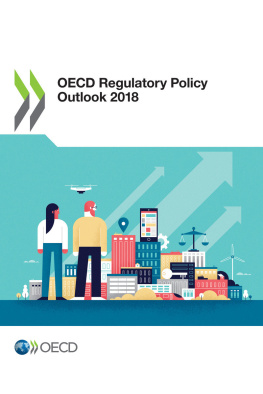







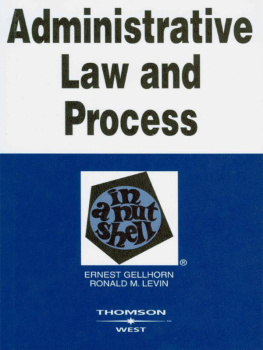

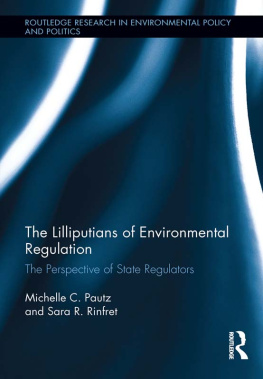
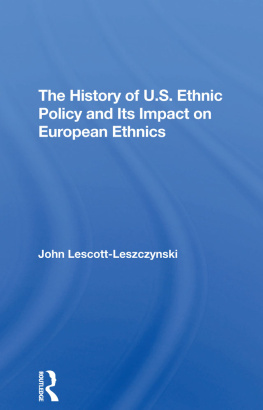
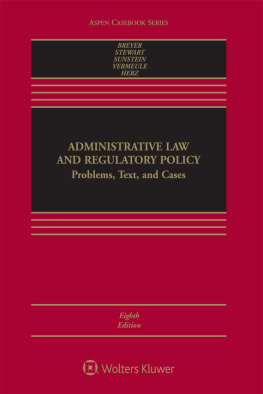
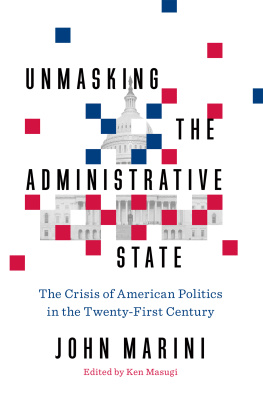
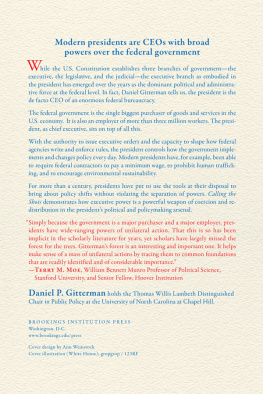
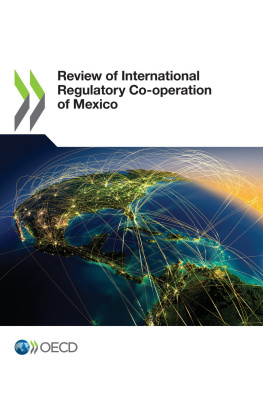
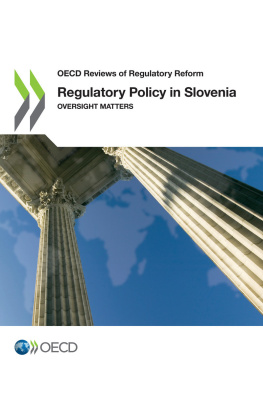
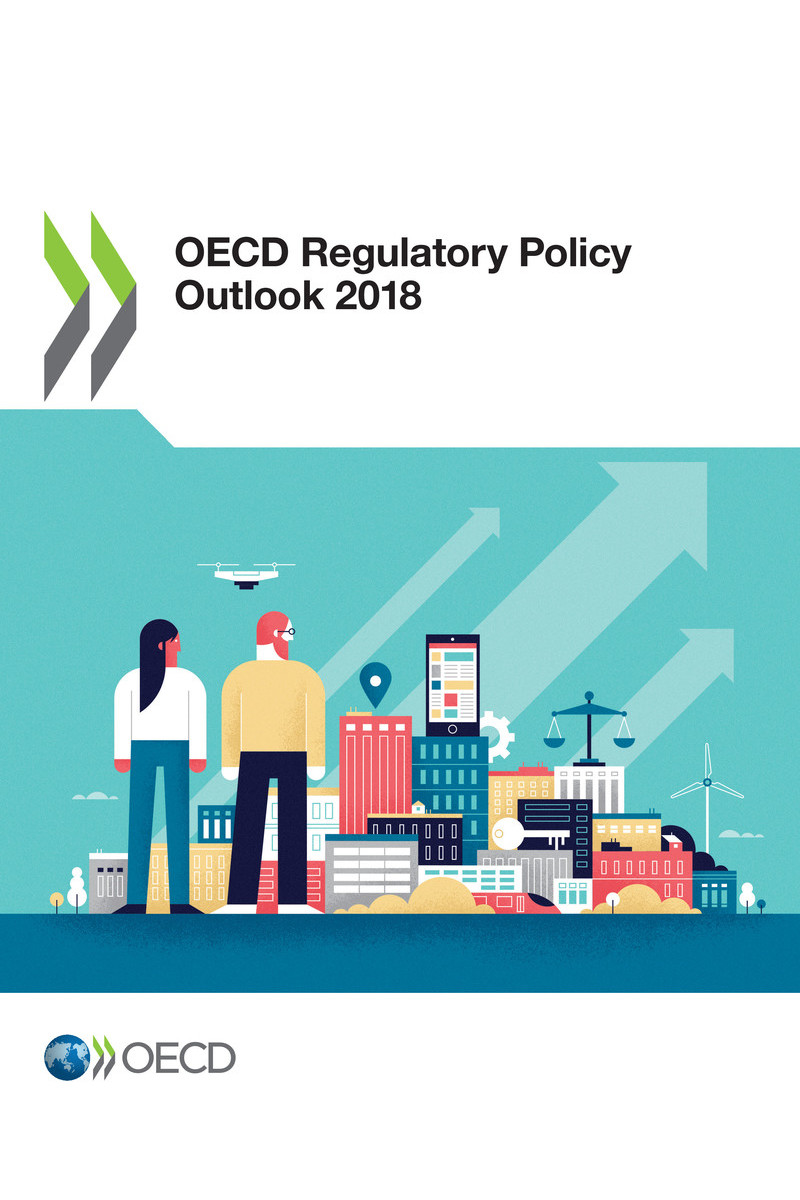
 Angel Gurra OECD Secretary-General
Angel Gurra OECD Secretary-General